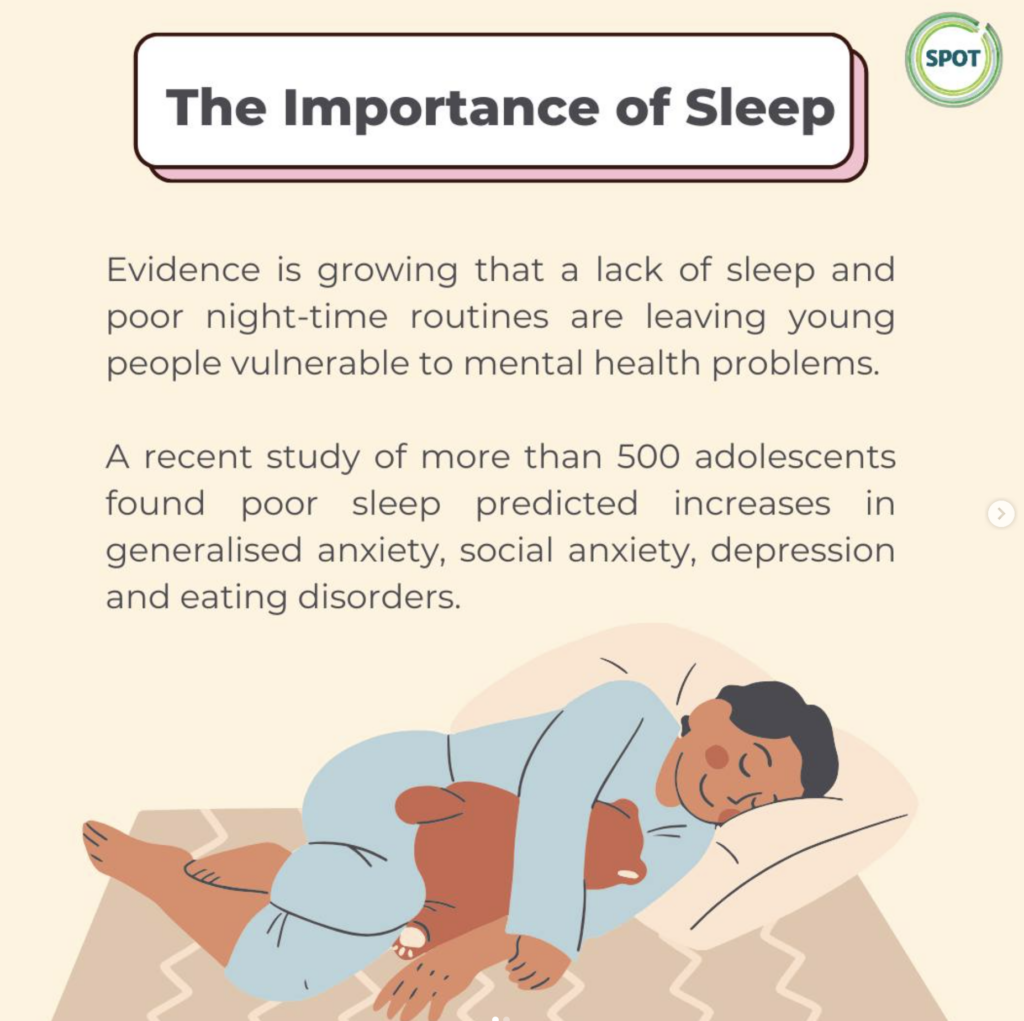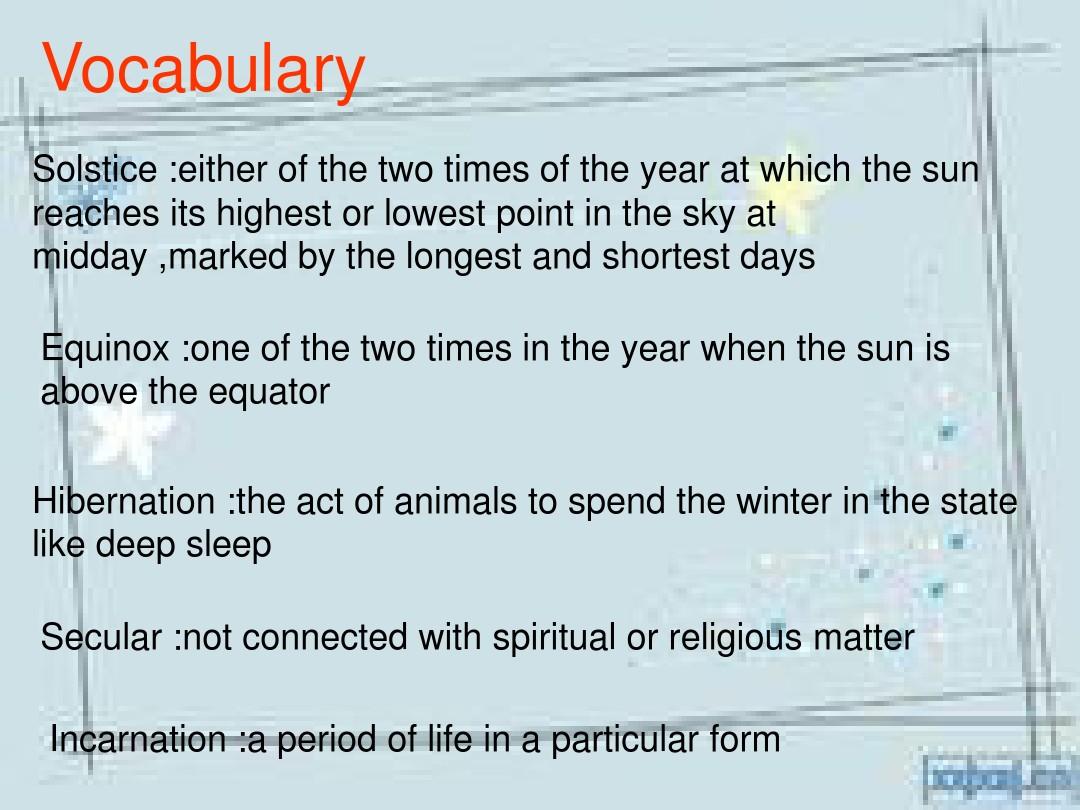The Great Debate: Wool, Soy, and Down - Understanding the Best Sleeping Comforts
The debate between wool, soy, and down for the ultimate sleeping comfort has been a longstanding one. Wool, known for its warmth and softness, is often seen as the most comfortable option. However, some people may experience an allergic reaction to wool, leading to discomfort and irritation. Soy-based materials are a popular alternative due to their hypoallergenic properties, but they can sometimes feel synthetic and less breathable than wool. Down is another commonly used material, known for its ability to insulate and provide warmth. However, it can be expensive, and some people may experience discomfort from its feathers. Ultimately, the best choice depends on personal preference and needs. It's important to do research and try out different materials before making a final decision.
Sleep is crucial for our physical and mental well-being. It's during this time that our bodies repair and regenerate. Therefore, it's essential to have a comfortable sleeping experience. One of the most critical factors affecting sleep quality is the type of bedding you use. Three popular types of bedding are wool, soy, and down. Each has its unique properties and drawbacks. In this article, we will explore these three types of bedding and their respective benefits and drawbacks.

Wool is a natural fiber that has been used for centuries to make warm and comfortable bedding. It's known for its durability, moisture-wicking properties, and hypoallergenic properties. Wool bedding keeps you warm in winter and cool in summer, thanks to its ability to regulate body heat. It's also highly breathable, keeping you dry and comfortable throughout the night. However, wool can be itchy, especially for those with sensitive skin. Additionally, wool bedding can be expensive, making it unsuitable for budget-conscious consumers.
Soy is another natural material that has gained popularity in recent years as an alternative to wool. Soy is often used in the production of synthetic fibers, which are blended with soybean fiber to create a fabric that mimics the properties of wool. Soy bedding is often more affordable than wool and is hypoallergenic, making it suitable for people with allergies or sensitivities. However, soy bedding may not be as warm or durable as wool, and its moisture-wicking properties may not be as effective.
Down is perhaps the most famous type of bedding, known for its luxurious feel and exceptional thermal properties. Down is collected from birds such as ducks, geese, and chickens, and is then cleaned, processed, and spun into a soft and fluffy fabric. Down bedding is incredibly warm, lightweight, and breathable, making it perfect for colder climates. It also has excellent moisture-wicking properties, helping to keep you dry and comfortable throughout the night. However, down bedding can be昂贵, and there are concerns about the welfare of birds used to produce it.

In conclusion, choosing the right bedding can significantly impact your sleep quality and overall well-being. Each type of bedding has its unique advantages and disadvantages. If you prioritize warmth, comfort, and durability, wool may be the best choice for you. If you're looking for a more affordable option that still offers some warmth and breathability, soy could be a good choice. And if you value luxury and exceptional thermal properties, down is undoubtedly the top choice. Ultimately, the decision depends on your personal preferences, budget, and values.
Articles related to the knowledge points of this article:
Top 10 Feather and Down Duvets: Buyers Guide and Reviews
The Best American-Imported Down Comforters
Is a Feather Duvet Balling Up a Quality Issue?
Can Electric Blankets and Down Comforters Be Used Together?



